The Resurrection of a Lost 19th-Century Butterfly Manuscript
Titian Peale could have been the first major American lepidopterist, but instead his five decades of vibrant butterfly illustrations and research languished, unpublished until 130 years after his death.

Titian Peale could have been the first major American lepidopterist, but instead his five decades of vibrant butterfly illustrations and research languished, unpublished until 130 years after his death in the Rare Book Collection of the American Museum of Natural History (AMNH). This month, AMNH and Abrams Books released The Butterflies of North America: Titian Peale’s Lost Manuscript, revealing this legacy for the first time.
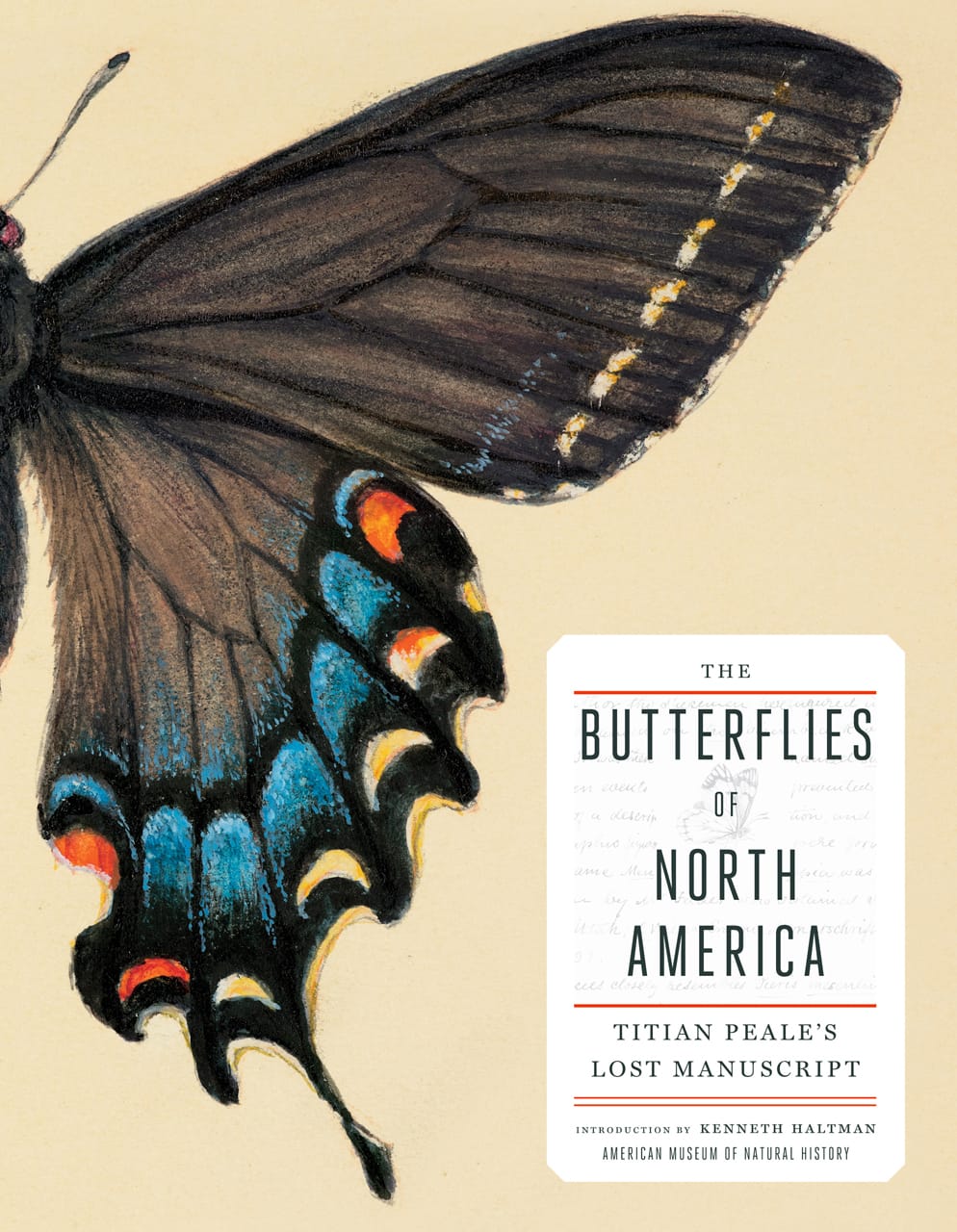
David. A. Grimaldi, curator in the AMNH division of invertebrate zoology, argues in his preface essay that “Peale deserves the title of first serious American naturalist of Lepidoptera,” noting that his work was before the better-known William Henry Edwards, although “Edwards managed to get his published.” Peale also painted all his specimens himself while Edwards relied on commissions.
Titian Peale’s Lost Manuscript frames his butterfly work as much as an art as a science. The perspective is something he likely learned from his father, painter and naturalist Charles Willson Peale. Peale — who named several of his sons after artists, such as Rembrandt, Raphaelle, Rubens, and Titian — started one of the first American museums with the Philadelphia Museum, better known as the Peale Museum. Titian Peale, born in 1799, grew up among the museum’s artifacts and natural specimens, taking an early interest in butterflies, and one of his first major projects was illustrating Thomas Say’s 1816 American Entomology.
The title of “lost” isn’t quite accurate for his butterflies manuscript, as it was more overlooked and inaccessible to most people while just in preparatory pieces at the AMNH. The new book doesn’t attempt to complete Peale’s work, instead presenting the drawings and gouache paintings as he left them, even including his original title page and index between a nostalgic thread binding and printed marbled interior pages. Peale intended his book for a general audience, with the approachable subtitle: “Whence they come; Where they go; And what they do.” Alas, he could never get enough backers to make it a reality.

Despite the generous title, the species in The Butterflies of North America are mostly from Peale’s home territory in the eastern United States. There’s the soaring Eastern Tiger Swallowtail, the pale Great Southern Sulphur that feeds on the spider flower, the now rare Great Smokies Fritillary whose caterpillars munch on violets, the Mourning Cloak with its blue-edged black wings that’s often the first butterfly of spring, and some that are now extinct, like the stunning Sloan’s Swallowtail Moth with its iridescent colors.
The book was an outlet in the more tragic moments of his life. He lost four years of field research in an 1841 shipwreck, only to come back to Philadelphia and find his specimen collections were lost in a fire. His family museum also closed in the 1840s, partly sold off as spectacle to P. T. Barnum (and then lost in his own 1851 and 1865 fires). Then his wife, son, and a daughter died one after the other. And still he couldn’t get enough subscribers to publish the book, resorting to working for decades as an assistant examiner in the United States Patent Office. Yet he continued to expand the manuscript right until his death at the age of 85 in 1885. In 1916, it was donated by his family to AMNH.
Like 17th-century butterfly naturalist Maria Sibylla Merian, Peale was partly drawn to butterflies because of their cycles of rebirth, although his attraction was more personal than religious. Art historian Kenneth Haltman writes in the book that he “was a melancholy optimist buoyed by his eight-decade-long immersion in the study of Lepidoptera, whose metamorphoses he saw as a reminder of the possibilities of resurrection and renewal.”
Haltman adds that the butterfly illustrations “offer something of a composite self-portrait, as do his narrative descriptions and album — or rather, a sympathetic imaginative mapping of both his own psyche and one of the great wonders of the natural world.”


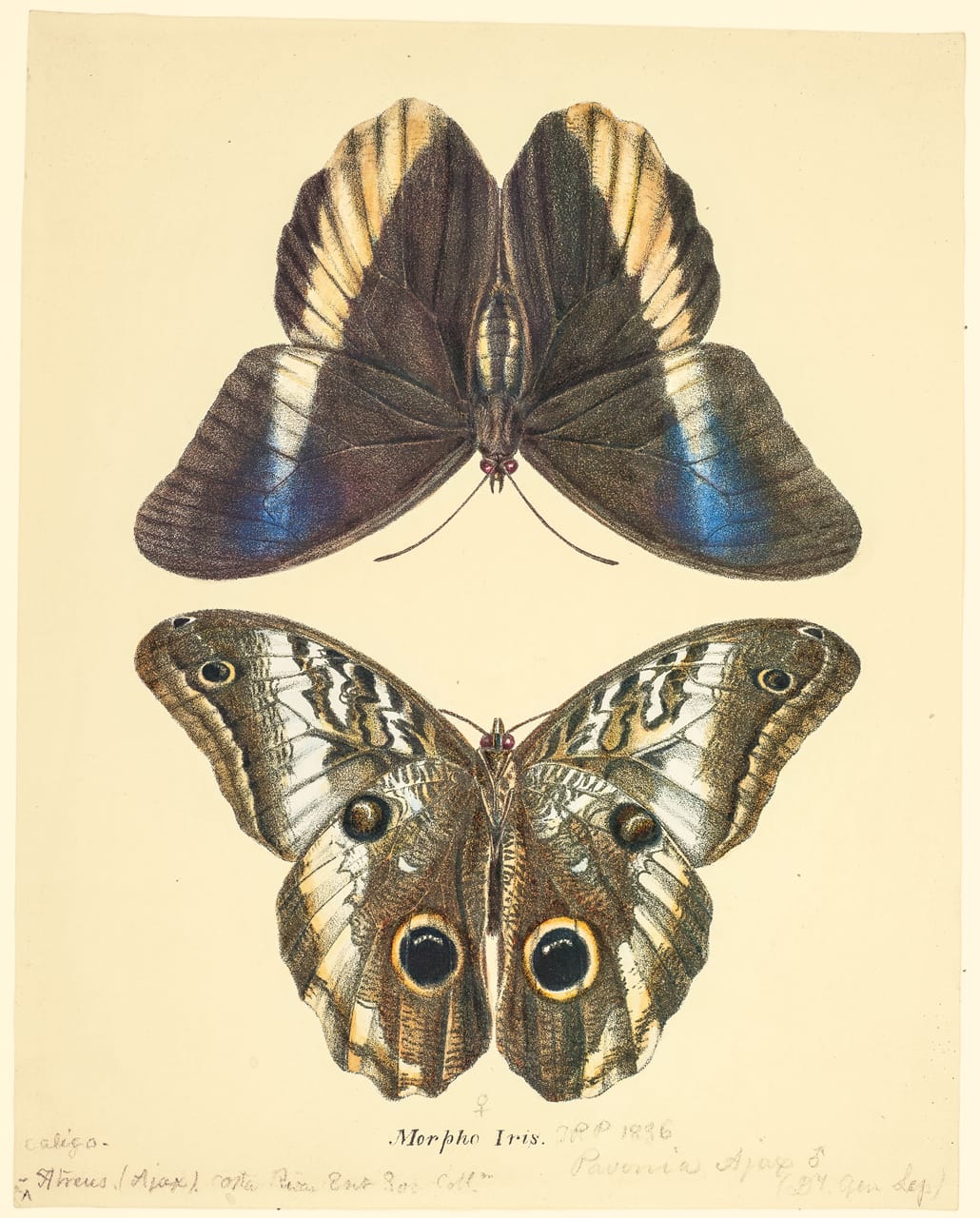

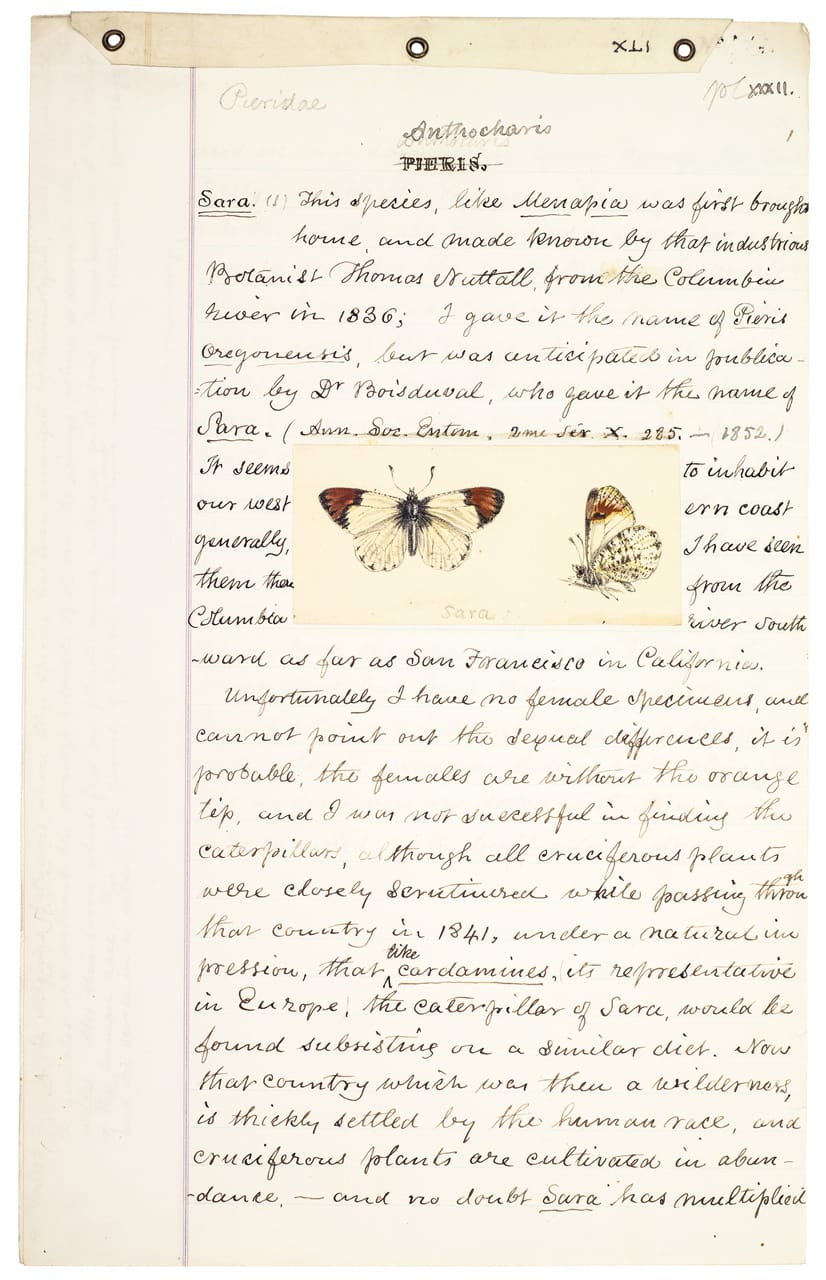
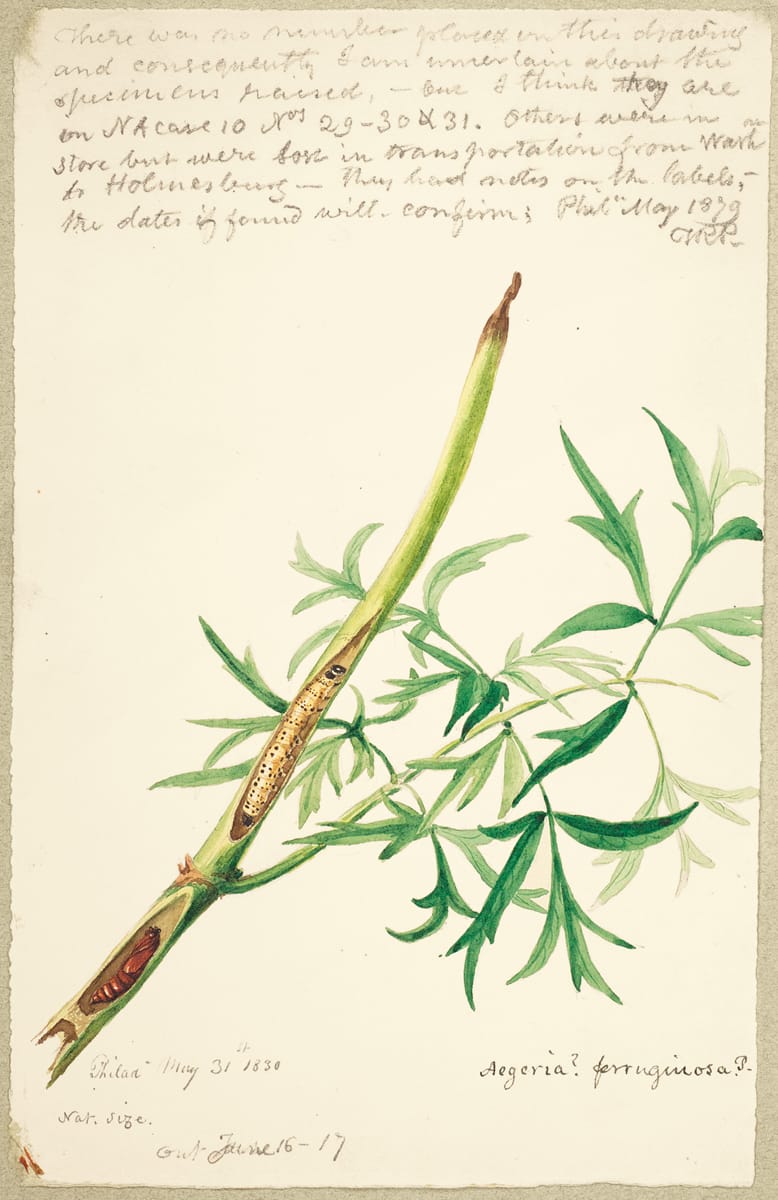


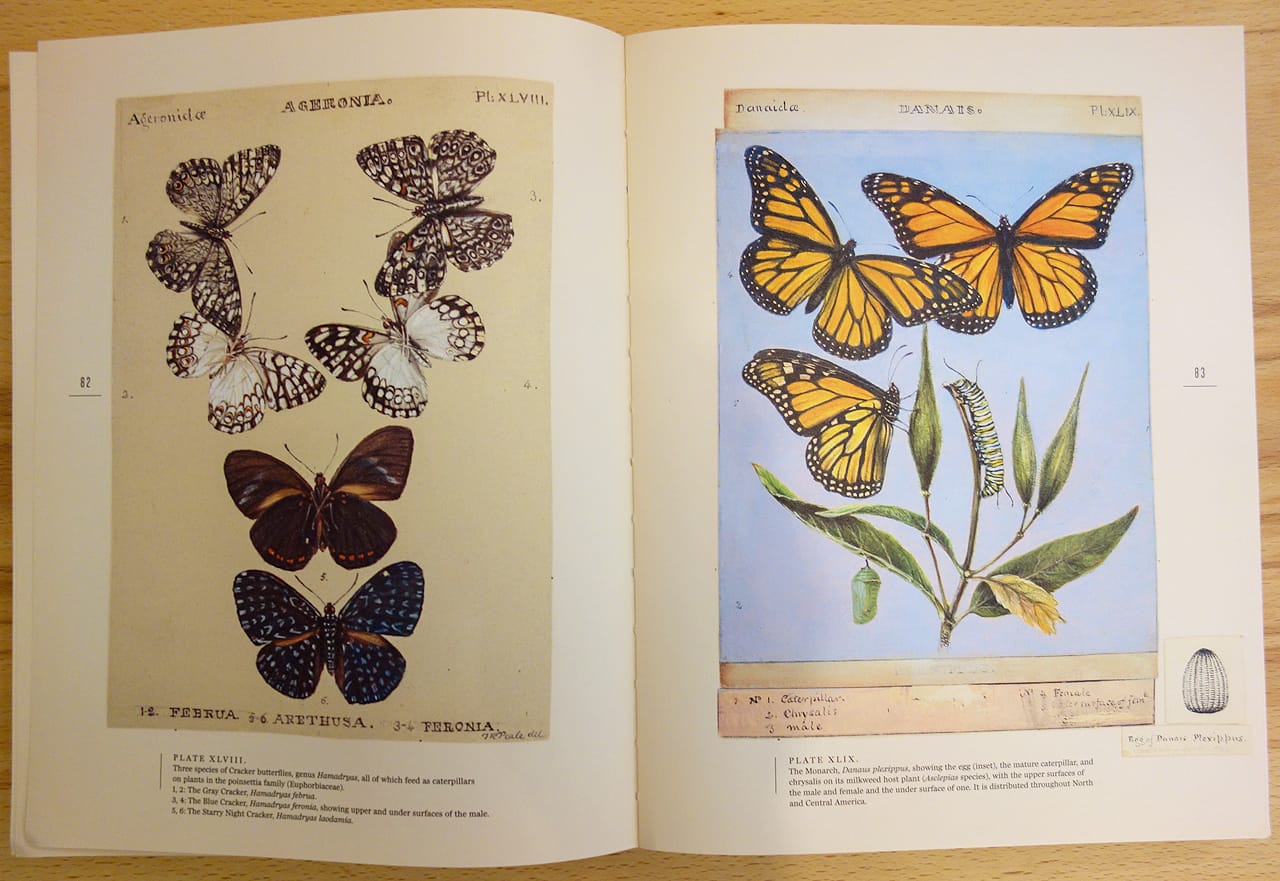
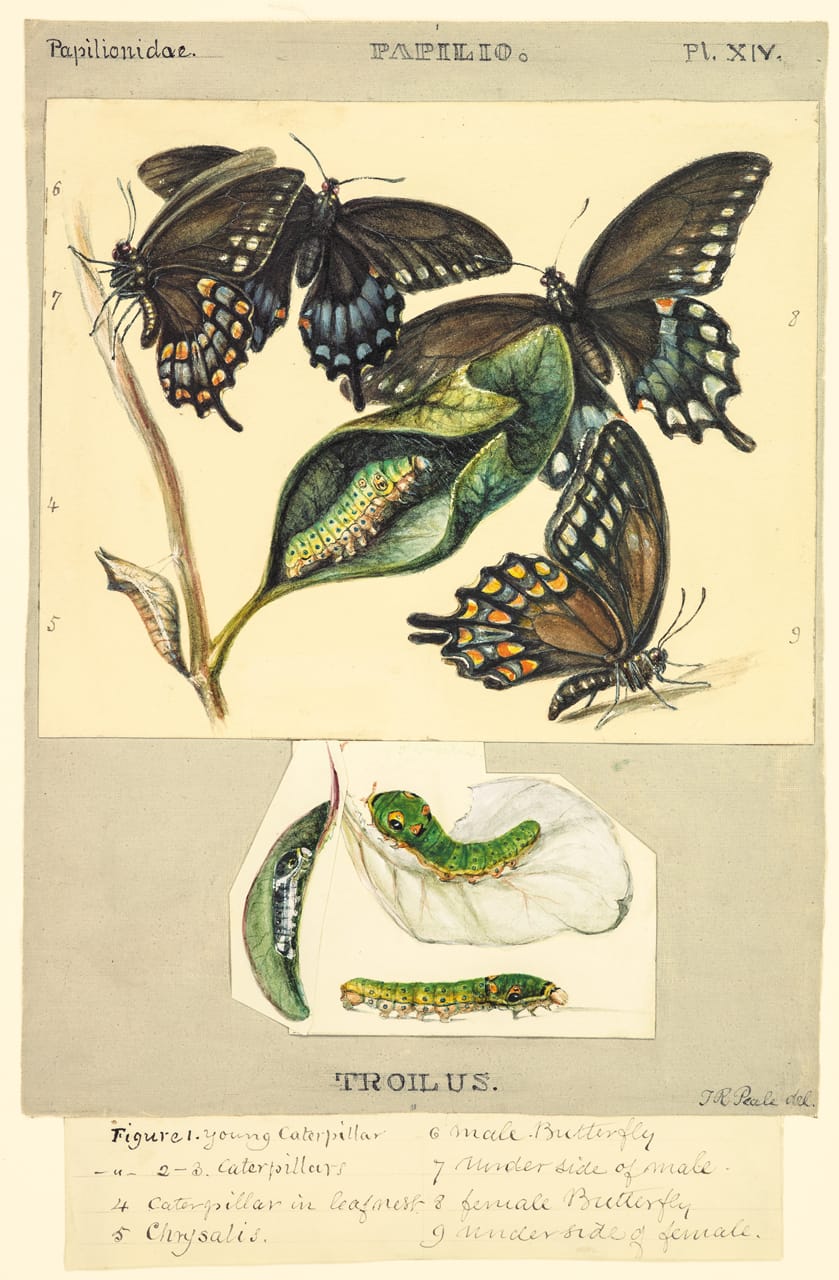

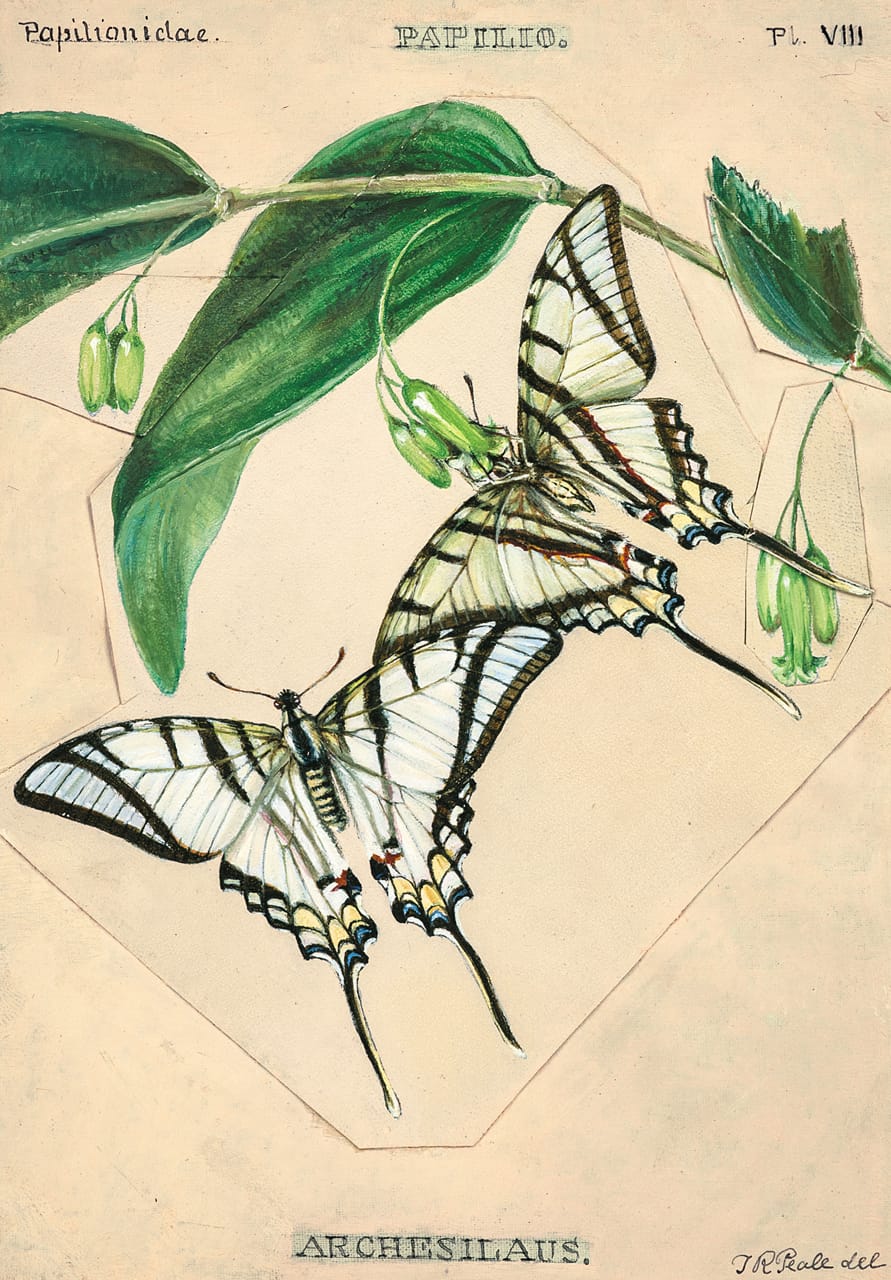


The Butterflies of North America: Titian Peale’s Lost Manuscript is out now from Abrams Books.





